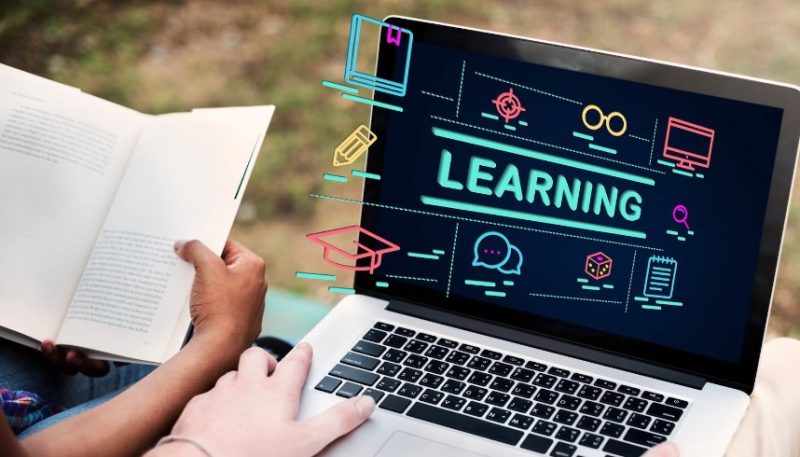
Unity is a real-time 3D development platform created by the Unity game development company. It can be used to create games, simulations, and other interactive experiences. Unity is a powerful tool that can be used to engage and empower students in a variety of ways.
In recent years, there has been a growing interest in using Unity in education. Educators are using Unity to teach a variety of subjects, including math, science, engineering, and art. Unity can be used to create interactive simulations, games, and other learning experiences that are both engaging and educational.
Benefits of Using Unity in Education
There are many benefits to using Unity in education. Some of the most notable benefits include:
- Improves problem-solving skills: Unity requires students to use critical thinking and problem-solving skills to create their projects. This can help students develop the skills they need to be successful in school and in the workforce.
- Develops creativity and innovation: Unity allows students to be creative and innovative in their projects. This can help students develop their own unique ideas and solutions to problems.
- Enhances collaboration and teamwork: Unity projects often require students to collaborate with others. This can help students learn how to work together effectively and build relationships with their peers.
- Promotes critical thinking and analysis: Unity projects require students to analyze and solve problems. This can help students develop their critical thinking and analytical skills.
- Improves communication skills: Unity projects require students to communicate their ideas to others. This can help students develop their communication skills, which are essential for success in school and in the workforce.
Challenges of Using Unity in Education
While there are many benefits to using Unity in education, there are also some challenges. Some of the most notable challenges include:
- Technical expertise required: Unity can be a challenging platform to learn, especially for students who do not have any prior experience with coding or 3D development.
- Time-consuming to learn: It takes time for students to learn how to use Unity effectively.
- Can be expensive: Unity licenses can be expensive for schools.
Conclusion
Despite the challenges, the benefits of using Unity in education outweigh the costs. Unity is a powerful tool that can be used to engage and empower students. When used effectively, Unity can help students learn in a more engaging and meaningful way.
Here are some additional ways that Unity can be used in education:
- Math: Unity can be used to teach math concepts in a fun and interactive way. For example, students can use Unity to create simulations of real-world phenomena, such as the motion of objects or the behavior of fluids.
- Science: Unity can be used to teach science concepts in a fun and interactive way. For example, students can use Unity to create simulations of chemical reactions or the solar system.
- Engineering: Unity can be used to teach engineering concepts in a fun and interactive way. For example, students can use Unity to design and build virtual robots or to create simulations of bridges or buildings.
- Art: Unity can be used to teach art concepts in a fun and interactive way. For example, students can use Unity to create their own 3D models or to animate their own characters.
If you are interested in using Unity in your classroom, there are a number of resources available to help you get started. Unity offers a free education edition of its software, as well as a number of tutorials and lesson plans. There are also a number of third-party companies that offer educational resources for Unity.
With a little planning and effort, you can use Unity to create engaging and educational experiences for your students.

Taylor is a freelance SEO copywriter and blogger. His areas of expertise include technology, pop culture, and marketing.











